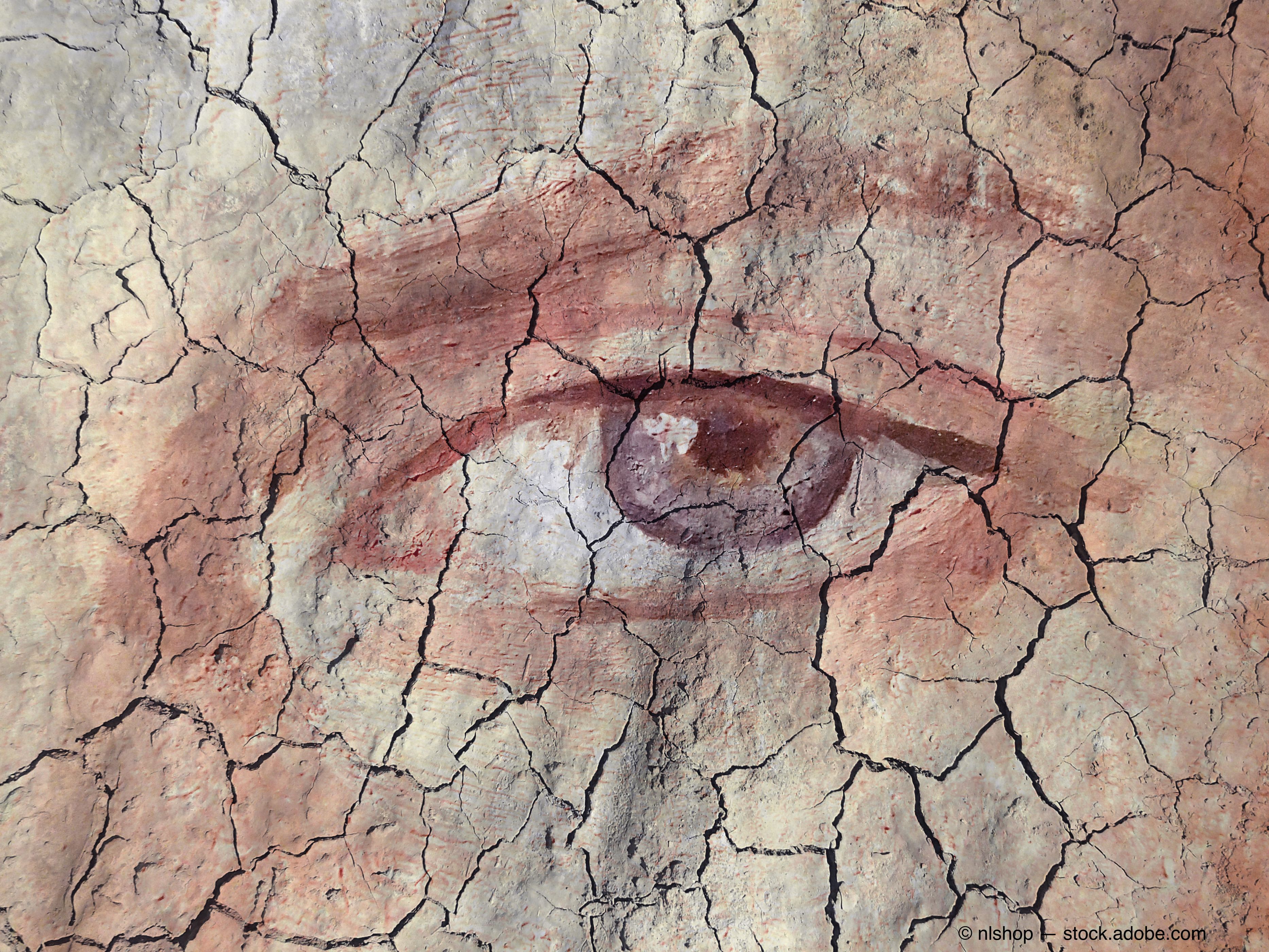Article
Dry eye patients reveal misconceptions about condition in new survey
Author(s):
A survey by Health Union sheds light on the issues patients are facing and can help ophthalmologists map out dry eye disease treatment strategies.

Health Union has released a new study that found that many patients with chronic dry eye (CDE) believe there are significant misconceptions about their condition, including what causes it, how it is treated and how it can impact quality of life.
The first Chronic Dry Eye In America survey sheds light on the perspectives and experiences of people impacted by chronic dry eye. It sheds light on the issues patients are facing and can help ophthalmologists map out dry eye disease treatment strategies.
According to the survey, respondents reveal that other people often have a misunderstanding of the chronic dry eye patient journey.
In fact, nearly half of respondents said that others do not understand what they are going through with chronic dry eye.
Findings indicate that much of this could be due to some common misconceptions, or the attempt to equate chronic dry eye to more common — and often less severe — eye conditions, such as eye allergies and temporary dry eye.
The survey also found that the leading misconception faced by patients – more than 4 in 10 – is other people relaying their own experiences with less severe or temporary dry eye and advising to use common over-the-counter eye drops.
However, while many respondents use over-the-counter eye drops, many of their symptoms are pervasive, requiring use of different or additional medications, as well as procedures.
More than half use prescription eye drops, 42% have had punctal plugs inserted and 19% currently use an eyelid wash to manage their dry eye symptoms.
"Most people do not realize that, for those suffering with chronic dry eye, typical eye drops are only a temporary fix," said ChronicDryEye.net patient advocate Erica Osborne. "The relief I get from those is short-lived, lasting for just a few minutes. This condition requires constant upkeep and is life-altering."
A third of respondents said others misperceive their dry eye as being just the result of allergies.
However, some of the most common risk factors respondents identified were being female, medications they've used, living with an autoimmune condition, menopause, air quality and tobacco use.
Nearly a quarter of respondents have had other people reiterate the misconception that dry eye is "an old person's disease." While 78% of respondents were 60 or above, the condition is increasingly impacting younger individuals, potentially due to increased exposure to screens.
Another misconception, experienced by 23% of respondents, is that chronic dry eye is just about dryness. To somebody living with the condition, however, it is more complex.
In addition to dryness, at least half of respondents said they had experienced the following symptoms during the previous month: foreign body sensation, eye fatigue, light sensitivity, blurred vision, a burning or scratchy sensation and itchy eyes. And respondents said they experienced seven symptoms a month on average.
"Misconceptions about a specific condition can have a truly negative impact on the patient journey because it can layer on top of physical symptoms and make people feel isolated and unvalidated," said Olivier Chateau, co-founder and CEO of Health Union. "There is a huge opportunity for the healthcare industry to drive awareness around chronic dry eye to address many of these misconceptions. Meanwhile, ChronicDryEye.net can provide individuals with the validation and support they need, as well as valuable information to better explain their condition to others."
The Chronic Dry Eye In America survey was conducted from Feb. 1 to Apr. 29, 2021, includes responses from 415 people diagnosed with chronic dry eye. Additional survey results may be available upon request, and more patient perspectives are explored at ChronicDryEye.net.
Newsletter
Don’t miss out—get Ophthalmology Times updates on the latest clinical advancements and expert interviews, straight to your inbox.





